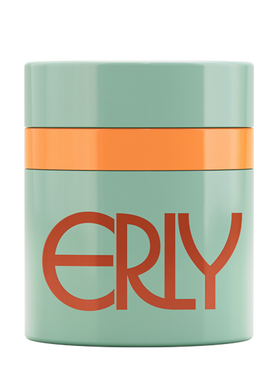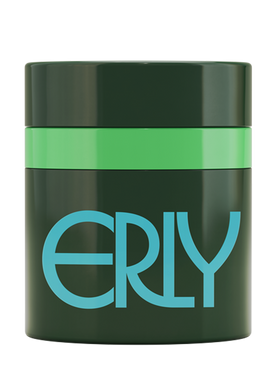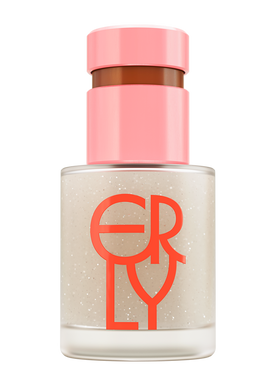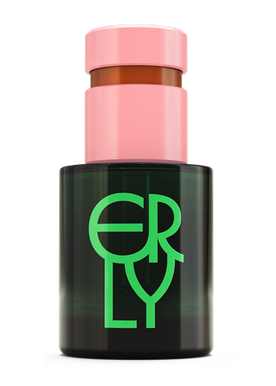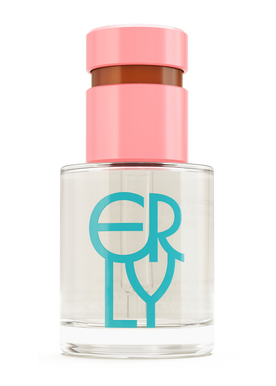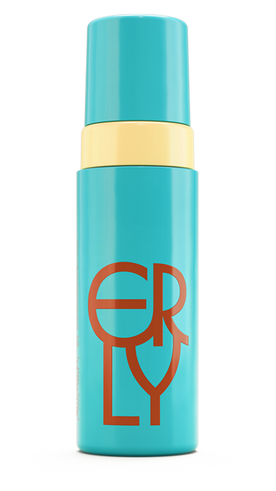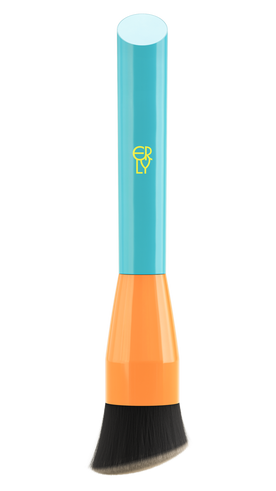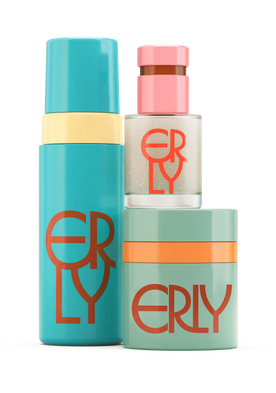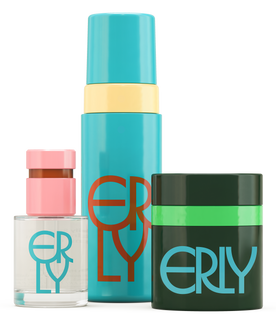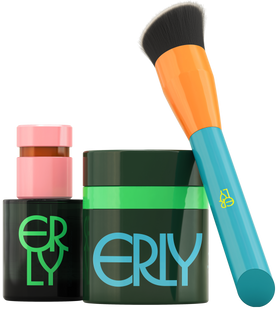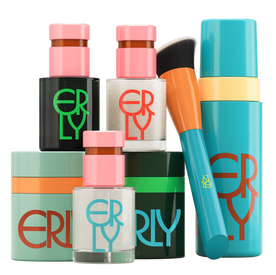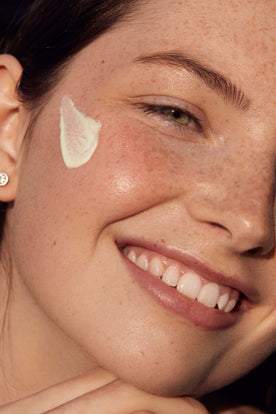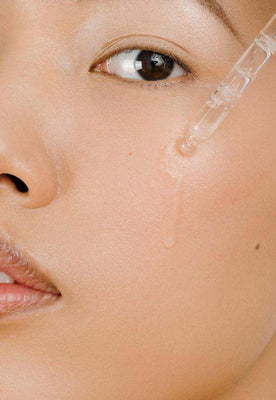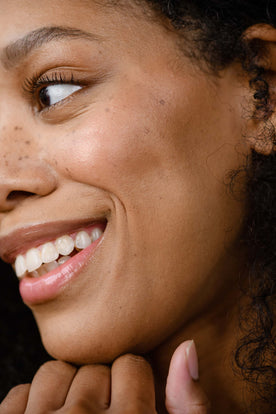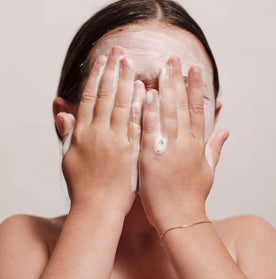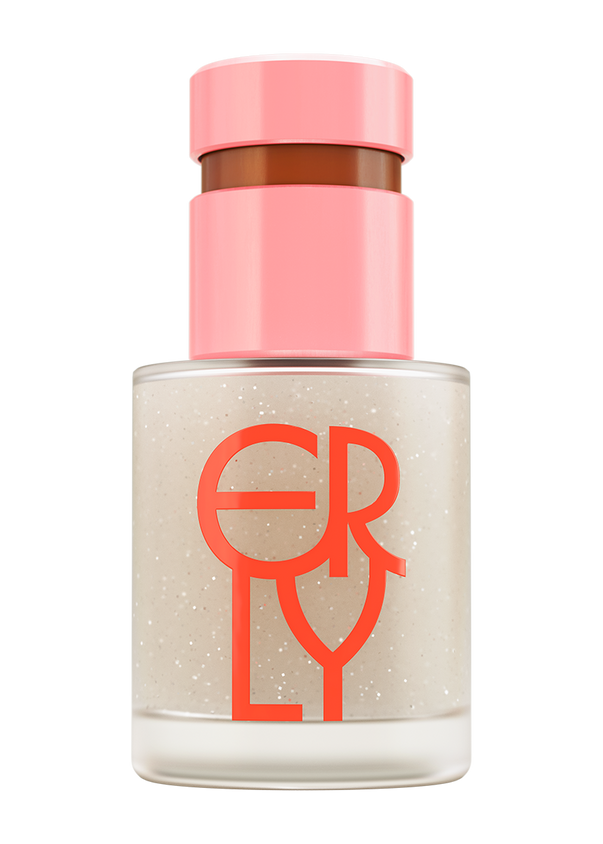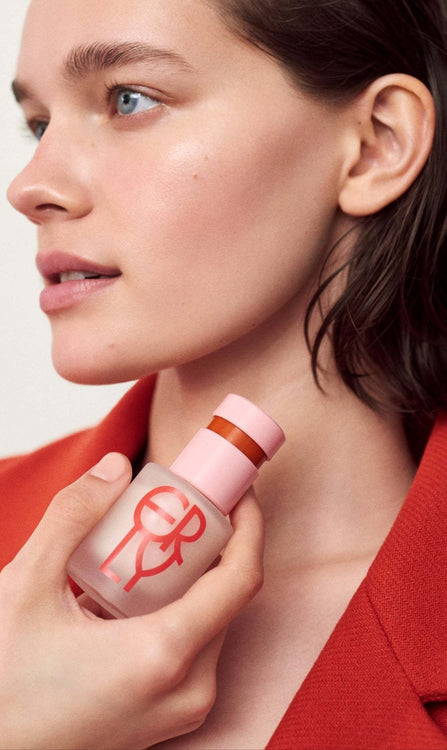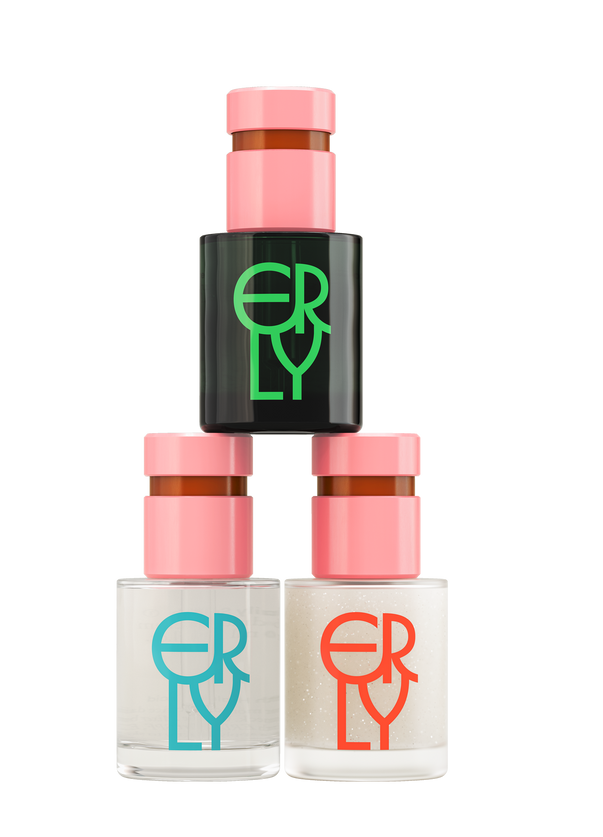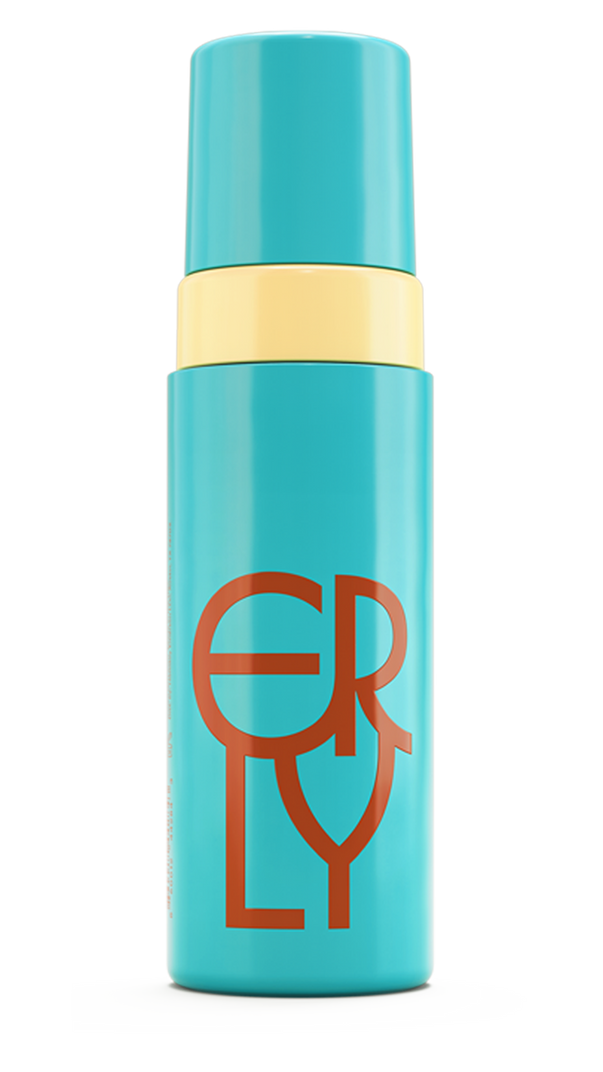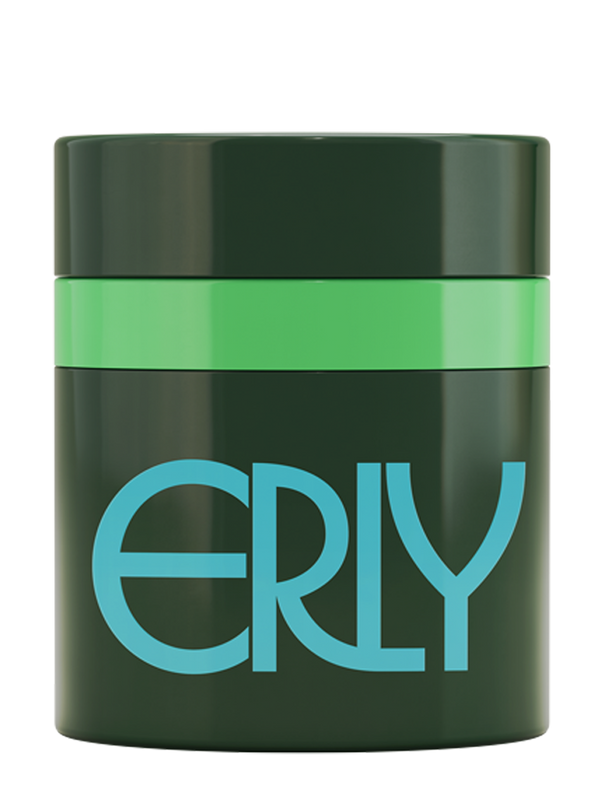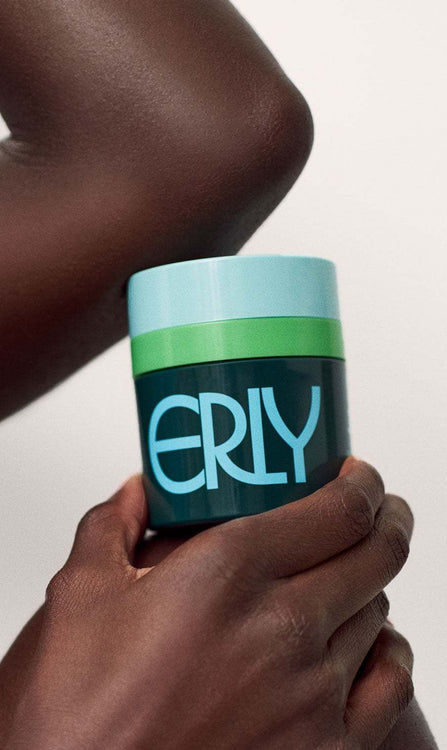Acne has long been thought of as a teenage rite of passage—but that stereotype doesn’t reflect reality. While it’s true that breakouts are common during adolescence, acne is far from exclusive to the teen years. In fact, adult acne is one of the most common skin conditions dermatologists treat, particularly among women.
So let’s debunk the myth: acne is not just for teenagers, and it’s not something everyone simply “ages out of.”
The numbers tell the story
Research shows that acne affects up to 50% of women in their 20s, 35% in their 30s, and over 25% in their 40s. Adult acne is also increasingly recognized among men, though women are disproportionately affected—often due to hormonal fluctuations, stress, and skincare habits.
A studies have found that over 15% of women over age 50 still experience clinical acne. The numbers make one thing clear: acne isn’t limited to a single age group or life stage.
What causes adult acne?
Unlike teenage acne, which is primarily driven by puberty and excess oil production, adult acne is typically influenced by:
-
Hormonal shifts, including menstruation, pregnancy, perimenopause, or starting/stopping hormonal birth control
-
Chronic stress, which increases cortisol and stimulates oil production
-
Skin barrier damage, from over-exfoliating, harsh ingredients, or inconsistent routines
-
Comedogenic products, including certain makeup, moisturizers, or hair care items
-
Diet, particularly high glycemic foods or dairy in sensitive individuals
-
Underlying medical conditions, like polycystic ovary syndrome (PCOS)
While teen acne often appears across the entire face, adult acne tends to cluster around the chin, jawline, and lower cheeks, and may present as deeper, more cystic lesions.
Why this myth is harmful
Believing that acne is just a teenage problem can prevent adults from seeking treatment or addressing it effectively. It can also lead to feelings of frustration or embarrassment, especially when breakouts appear alongside signs of aging like fine lines or dryness.
There’s also a tendency for adults to over-treat their acne using harsh products intended for oilier teenage skin. Unfortunately, this often backfires—damaging the skin barrier, causing more inflammation, and worsening the cycle.
How to treat adult acne gently and effectively
Adult skin has different needs than teen skin. It tends to be more sensitive, drier, and slower to heal, which means it requires a more balanced, less aggressive approach. Here’s how dermatologists recommend managing adult acne:
-
Stick to gentle, non-stripping cleansers
Cleansing twice a day with a mild, pH-balanced formula helps remove impurities without disrupting the skin barrier. ERLY Face Foam Gentle Cleanser is specifically designed for sensitive and acne-prone skin—free from harsh ingredients that can trigger irritation. -
Use targeted treatments sparingly
If using acne treatments like benzoyl peroxide or salicylic acid, limit them to once daily (or every other day) and follow with a calming moisturizer. Overuse of actives is a major cause of adult acne flare-ups. -
Prioritize barrier-repairing ingredients
A damaged barrier leads to increased breakouts, redness, and sensitivity. Ingredients like niacinamide help reduce inflammation, regulate oil production, and improve barrier function without causing dryness.
ERLY Daily Soothe contains 10% niacinamide, a powerful antioxidant that helps calm inflamed skin and supports healing—making it ideal for adults dealing with breakouts and sensitivity.
-
Don’t skip hydration
Many adults with acne mistakenly avoid moisturizers, fearing they’ll clog pores. In reality, dehydration can trigger more oil production and worsen breakouts. Opt for lightweight, non-comedogenic hydrators.
ERLY Night Moisturizer offers replenishing hydration with hyaluronic acid and vitamin E, both of which help soothe and strengthen without congestion.
-
Always wear sunscreen
UV damage not only worsens inflammation but can also lead to post-inflammatory hyperpigmentation—the dark marks that often linger after a breakout.
ERLY Start Moisturizer with SPF 40 provides broad-spectrum mineral sun protection using zinc oxide, peptides, and barrier-supporting ingredients, all in a lightweight, non-irritating base suitable for acne-prone skin.
When to see a dermatologist
If adult acne is persistent, painful, or resistant to over-the-counter treatments, a dermatologist can help. Prescription options—including topical retinoids, hormonal therapies, or oral medications—may be appropriate, especially in cases of hormonal acne or cystic lesions.
That said, many adults benefit from a simplified skincare routine that avoids triggers and supports the skin’s natural function.
Final thoughts
Acne doesn’t end with adolescence—and pretending it does only delays the care many adults truly need. Adult acne is not only real, it’s one of the most common skin concerns dermatologists treat. It can show up unexpectedly in your 20s, 30s, 40s, and beyond, often triggered by stress, hormones, lifestyle changes, or even overly harsh skincare routines.
The good news? Adult acne is manageable—but the approach has to shift. Instead of turning to the strongest products on the shelf or reverting to harsh teenage formulas, focus on gentle, barrier-supportive skincare that calms inflammation, balances oil production, and respects your skin’s evolving needs.
At ERLY, we take that approach seriously. Every product in our line is non-comedogenic, fragrance-free, and dermatologist-developed, making it safe and effective for all ages and skin types—including adults managing breakouts alongside dryness, sensitivity, or aging skin.
Because acne doesn’t discriminate by age—and your skincare shouldn’t either. With the right routine, consistent care, and kind ingredients, healthy, balanced skin is possible at every stage of life.
